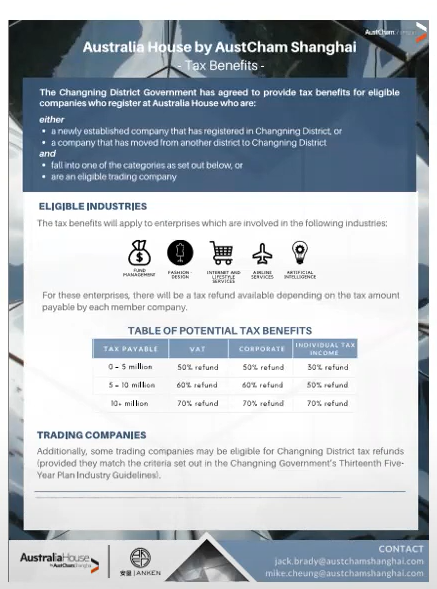Tax Incentives for High and New Technology Industries in China additionally upgraded and explained
Tax Incentives for High and New Technology Industries in China additionally upgraded and explained
September 11, 2017
Under the China Enterprise Income Tax (“EIT”) Law, a resident enterprise may appreciate Research and Development (“R&D”) super deduction incentive, for example, deduct 150% of qualifying R&D expenses actually incurred in computing its tax liability, if the expenses don’t bring about the formation of an intangible asset. In the event that intangible asset is created, the qualifying R&D expenses should be capitalized and amortized in light of 150% of the actual qualifying R&D expenses. As of late, numerous Chinese authorities mutually issued a circular to additionally expand the previous super deduction percentage from 150% to 175%, which is accessible to Small-and Medium-sized Science and Technology Enterprises (“SMSTE”) when calculating their EIT liabilities for the period from 1 January 2017 to 31 December 2019. The added deduction successfully brings down the taxable income of the SMSTE. Self-assessment and willful reporting requirements must be followed by the SMSTE in order to appreciate the tax incentive.
Likewise, under the China EIT Law, a recognized High and New Technology Enterprise (“HNTE”) can enjoy a 15% favored EIT rate in China (as opposed to the standard rate of 25%). All recognized HNTEs must present the accompanying documentation before the finish of May every year to enjoy the 15% preferential tax rate:
- HNTE development report for the earlier year;
- Assigned filing form for EIT incentive; and
- HNTE certificate and some other documents required by the tax authorities.
HNTEs must keep up documentation substantiating that the technologies that perform an essential supportive role for its primary products (or services) fall inside the extent of the Key High and New Technology Sectors Supported by the Chinese government. HNTEs should likewise keep up reports enumerating R&D expense administration, and also a breakdown of R&D expense incurred. Documentation connecting with the R&D expenses must be kept for the present year and the two earlier accounting years.
Should you need any further information as regards with “Tax Incentives for High and New Technology Industries in China Additionally Upgraded and Explained”, please do not hesitate to contact our China team at + 86 187 177 31958 or email us at info@opkofinance.com








